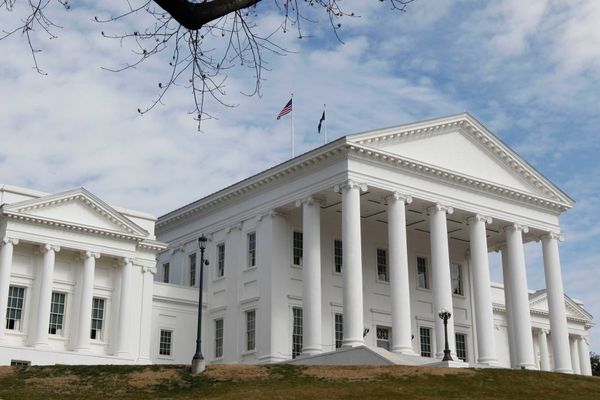
Australia’s home price rebound quickened in the June quarter, lifting house values at the fastest rate since late 2021. For Sydney, median house prices rose $500 a day during the first half of 2023, returning to “hyper-growth”, Domain said.
Since last December’s nadir, house prices across capital cities have risen $34,000, or 3.4%, clawing back slightly more than the $60,000 lost during 2022.
By June all capitals were in recovery mode – save Canberra – with Adelaide and Perth posting record prices, Domain said. Median unit prices in the South Australian capital reached almost $450,000 last month, or more than 15% higher than a year earlier.
“That momentum is certainly there,” said Nicola Powell, Domain’s head of research, adding that it was led by Sydney. The harbour city’s 5.3% increase in house prices in the June quarter was “hyper-growth reminiscent of the boom times”.
A median house in Sydney cost $1.538m, little changed from a year earlier. But house values had clawed back $97,000 of the $151,000 lost during last year’s downturn.
Melbourne too posted an increase in prices for houses and units in the June quarter. For houses, the 0.4% increase was the first after four quarters of decline, recouping about $4,000 of the $71,000 lost during the recent downturn.
Units in the Victorian capital fared better, rising 3.5% and snapping three-quarters of declines. Median units had lost as much as $67,000 in the past year’s drop but had clawed back $19,000 in the April-June period.
The mismatch between supply and demand had underpinned the revival of property prices even as the Reserve Bank lifted borrowing costs. The central bank hiked its cash rate in May and June, noting expectations of tumbling home values – and the implied reduction in spending as households felt poorer – had failed to materialise.
Weaker-than-forecast inflation figures for the June quarter, released by the Australian Bureau of Statistics on Wednesday, reduced the threat the central bank would raise its key interest rate on 1 August or at subsequent monthly board meetings.
Powell said it was not certain the uptick in house prices would continue despite the fact mortgage rates may not have further to rise.
Sydney’s quarterly increase, for instance, was not far short of twice the average historical advance of 2.8%. Further rises would start to test affordability limits.
Canberra was the anomaly among capitals, with house prices flatlining during the June quarter. That result was the best in a year, perhaps signalling the market was steadying. Canberra’s median house and unit prices remain about 10% lower than their mid-2022 peak.
Nationally, “we’re starting to see a stronger flow of new listings coming on to the market,” Powell said. “One of the key things underpinning this price recovery has been the lack of supply [and] that dynamic is starting to change.”
The fastest jump in interest rates in more than three decades is one reason listings are on the rise. Forced sales, for instance, were on the rise in regions of outer Sydney, Domain reported last month.
On the other hand, many vendors were beginning to respond to the signs that the pricing slide had passed.
“When you’ve decided to sell your home, you don’t change that decision [in a downturn], you normally just delay it,” Powell said. With the price rebound becoming more persistent and weekly auction clearance rates remaining above 70%, the market may see a “spring rush” in sales.
For others, though, the decision will be to list their homes for sale before getting into financial distress.
While the RBA may be close to its peak interest rates, commercial banks typically take a couple of months to adjust borrowers’ rates. There are still thousands of households facing a “mortgage cliff” as their low-interest fixed loans expire and they have to refinance at rates two or three percentage points higher.
Separately, a report on the national rental market by PropTrack found vacancy rates edged higher to 1.5% in June from a recent low of 1.3% in March.
That increased vacancy level came even as properties listed for rent fell 2.3% from a year ago. They were also 18.5% lower than the average for June over the past five years.
“These tight rental conditions are affording landlords the scope to lift rents,” PropTrack said. “Over the year, rents were up 11.8% nationally to sit at $520 a week.”







